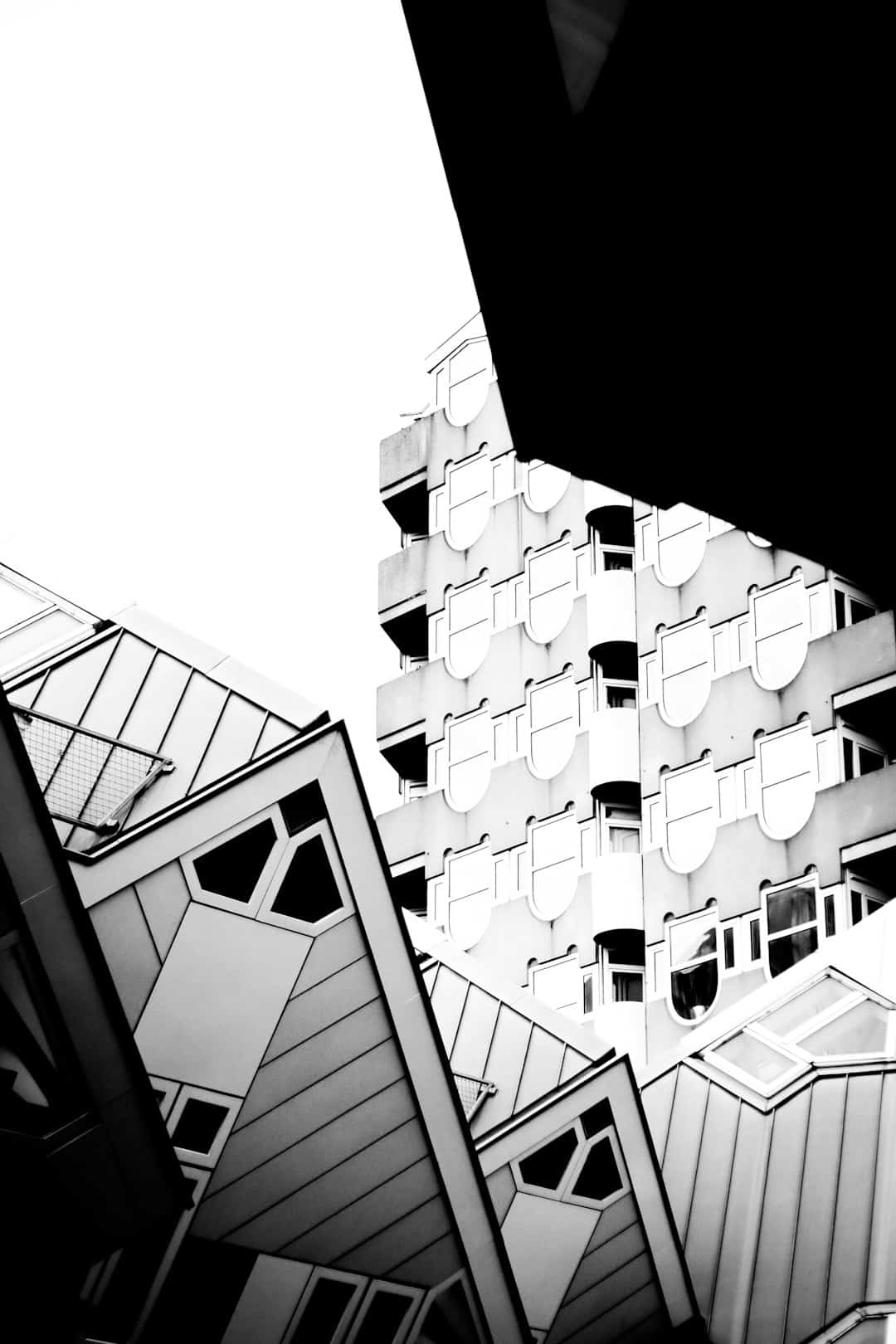What Is the ‘Geometry Rash’ Effect in Game Design?
In modern game development, the balance between visual design and gameplay fluidity is an ongoing challenge. One of the lesser-known but critically important notions in 3D and level design is the concept of the ‘Geometry Rash’ effect. This phenomenon, though subtle at times, can dramatically affect a player’s immersion, cognitive comfort, and navigational clarity within a virtual environment.
The phrase ‘Geometry Rash’ is used informally among developers to describe an overabundance or chaotic distribution of architectural and world elements in a game level. It refers to a visual clutter that emerges when too many geometric details—such as intersecting shapes, jagged forms, and collision-bound designs—populate an area without thoughtful hierarchy or purpose. The effect can be likened to a visual “rash” of unnecessary elements that make environments visually noisy and cognitively exhausting.
Understanding the Cause
There are multiple factors that can lead to the Geometry Rash effect, including artistic overzealousness, poor optimization practices, or simply a lack of spatial control by level designers. This can be particularly common in environments that are attempting to appear realistic or “lived-in,” but without a grounded sense of design intention.
Common causes of Geometry Rash include:
- Overuse of modular assets: Repeated use of small, detailed prefabs without variety or flow can overcrowd a scene unnecessarily.
- Misaligned spatial intentions: Adding excessive vertical or angular geometry in tight spaces can cause players to feel disoriented.
- Poor scene readability: When visual elements compete too intensely for attention, the player may struggle to understand the space.

Impact on Gameplay and User Experience
A crucial aspect of player experience is spatial awareness and navigation clarity. When a game environment suffers from Geometry Rash, players may find themselves lost or confused in spaces that lack focal points or logical pathways. This disorientation can extend beyond visual fatigue—it may directly affect a player’s interaction with core mechanics, especially in puzzle, narrative, or combat-heavy scenarios.
Excessive or mismanaged geometry can also impact performance: the rendering load increases with every added mesh, leading to frame rate drops, collision detection errors, or lighting miscalculations. For both AAA and indie developers, managing this balancing act becomes fundamental in delivering a cohesive game world.
Design Principles to Avoid Geometry Rash
To prevent Geometry Rash, experienced level designers apply a series of best practices aimed at maintaining visual hierarchy and purposeful design. Some of these principles include:
- Silhouette Clarity: Ensure that major structures have distinguishable shapes and are contrasted against the background to aid orientation.
- Visual Funneling: Use geometry, lighting, and environmental cues to guide the player’s movement and attention smoothly through the space.
- Striking a Balance: Mix detailed areas with visual “breathing room” to prevent sensory overload and support exploration.
- Limit Redundancy: Avoid repeating complex structures without variation or contextual purpose.

Examples from Industry
Leading studios have both fallen victim to—and learned to avoid—Geometry Rash. In early builds of open-world games such as Skyrim or Fallout 4, modders noticed that certain urban interiors suffered from claustrophobic layouts caused by densely packed props and over-detailing. These were later optimized either through professional patches or fan-made mods that restructured the geometry for better playability.
Conversely, games such as Journey or Inside showcase the power of minimalist spatial design. By committing to visually clean and conceptually grounded environments, they avoid overwhelming the player while still delivering rich narrative and emotional depth.
Conclusion
The Geometry Rash effect serves as a reminder of the intricate relationship between form and function in game design. While artistry remains central to crafting immersive worlds, it must be tempered by thoughtful design intent and player experience goals. Recognizing and mitigating visual clutter not only improves performance and aesthetic quality but also fosters a more intuitive and enjoyable experience for players.
For aspiring developers and level designers, understanding Geometry Rash is far from academic—it’s a core component of building believable, navigable, and emotionally resonant game spaces.
